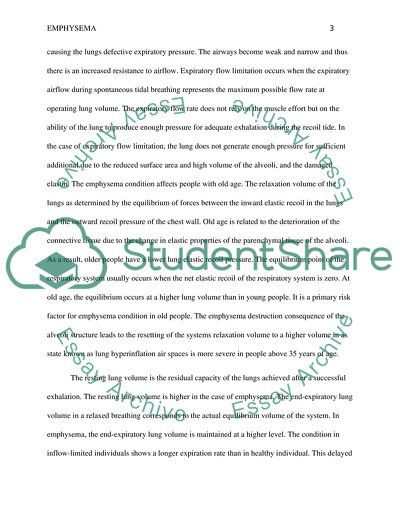Cite this document
(“Emphysema Research Paper Example | Topics and Well Written Essays - 1250 words”, n.d.)
Emphysema Research Paper Example | Topics and Well Written Essays - 1250 words. Retrieved from https://studentshare.org/biology/1688396-emphysema
Emphysema Research Paper Example | Topics and Well Written Essays - 1250 words. Retrieved from https://studentshare.org/biology/1688396-emphysema
(Emphysema Research Paper Example | Topics and Well Written Essays - 1250 Words)
Emphysema Research Paper Example | Topics and Well Written Essays - 1250 Words. https://studentshare.org/biology/1688396-emphysema.
Emphysema Research Paper Example | Topics and Well Written Essays - 1250 Words. https://studentshare.org/biology/1688396-emphysema.
“Emphysema Research Paper Example | Topics and Well Written Essays - 1250 Words”, n.d. https://studentshare.org/biology/1688396-emphysema.


